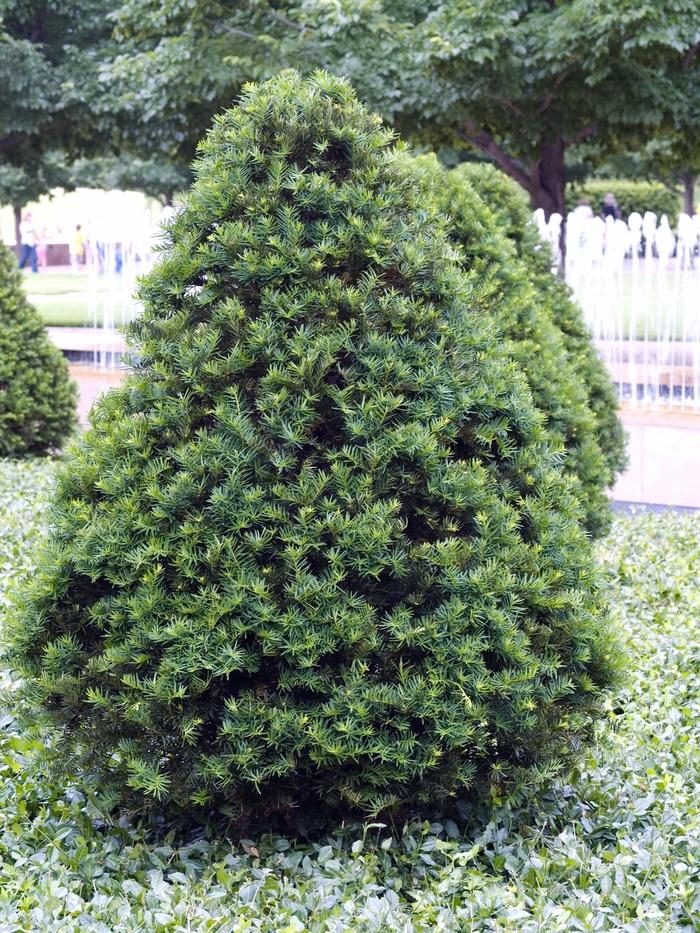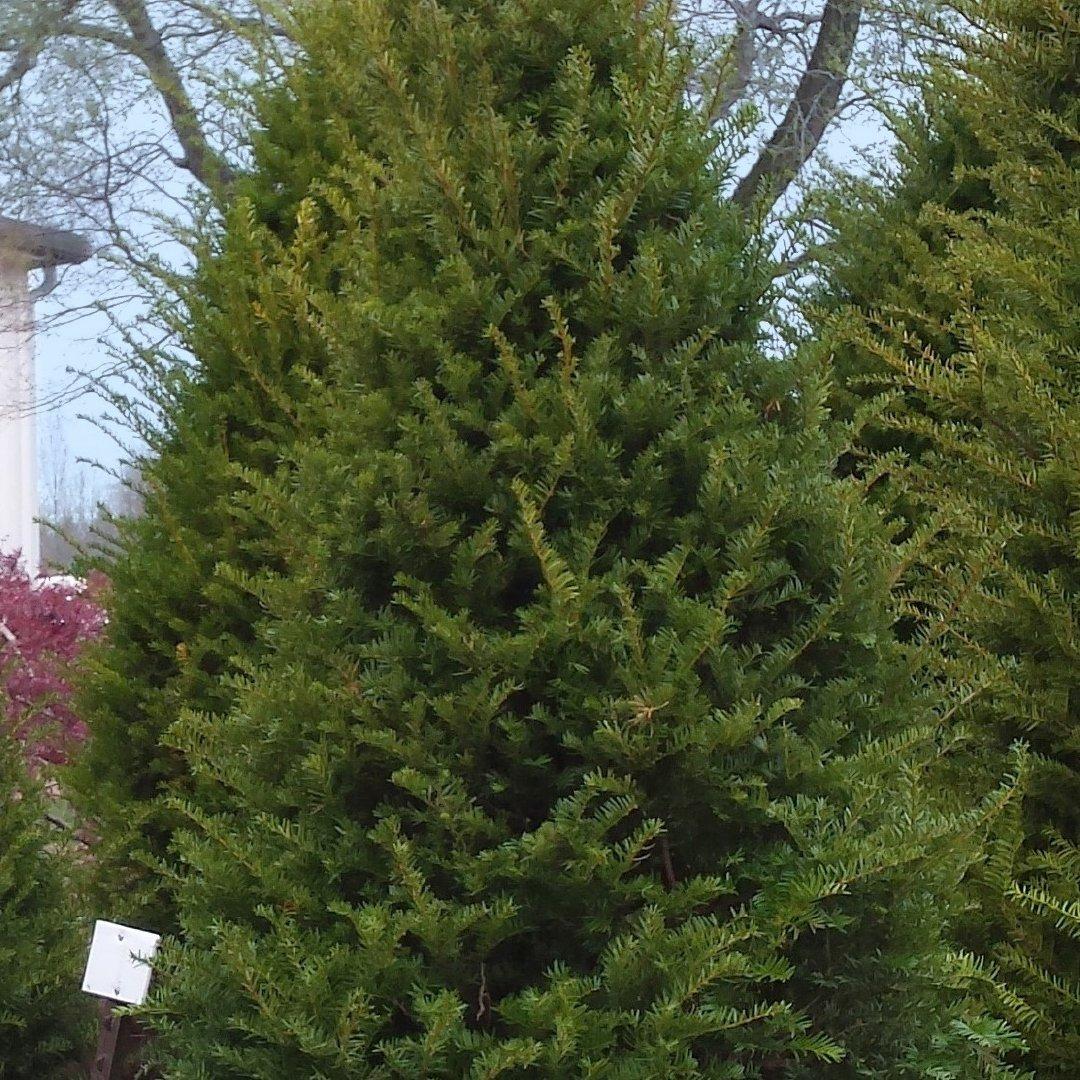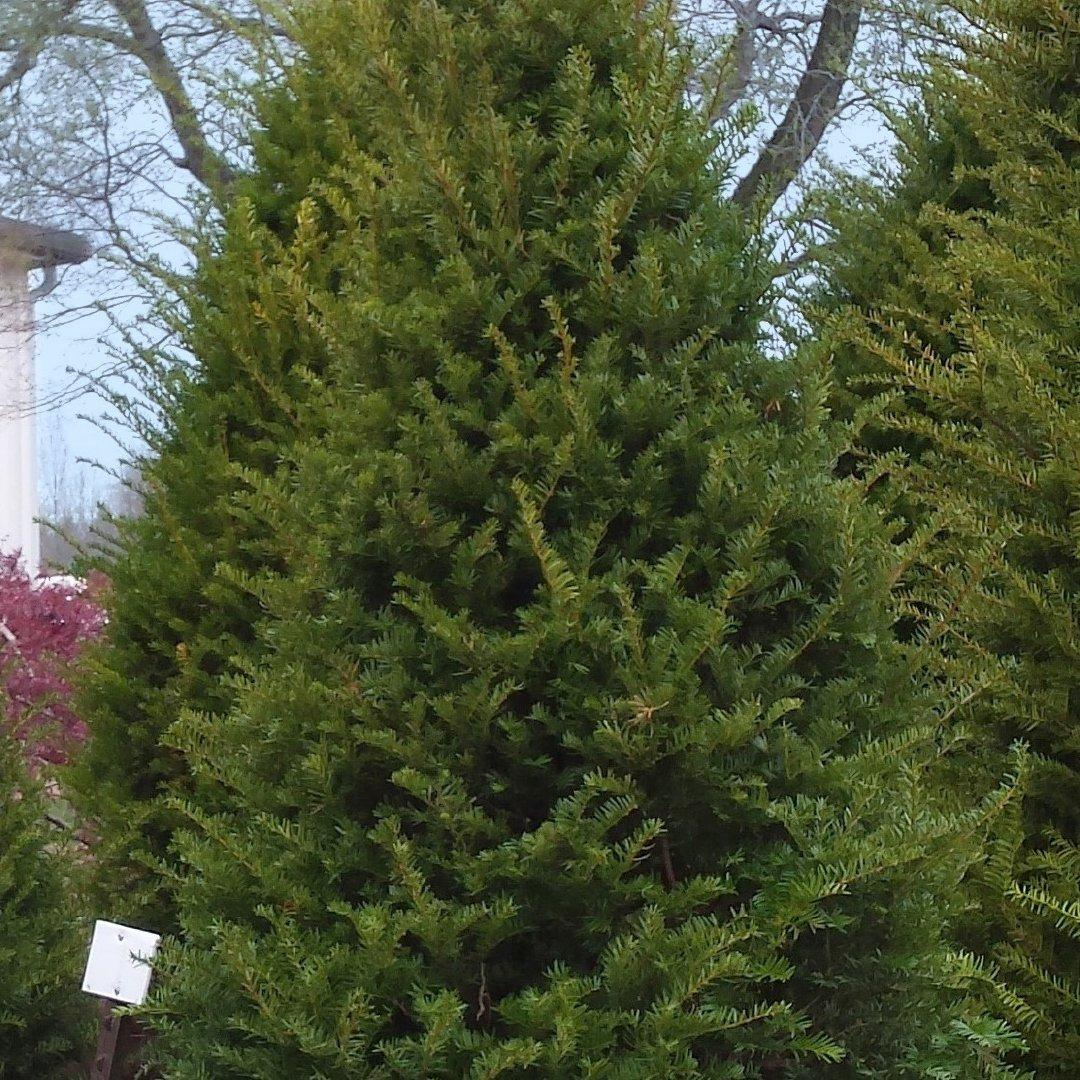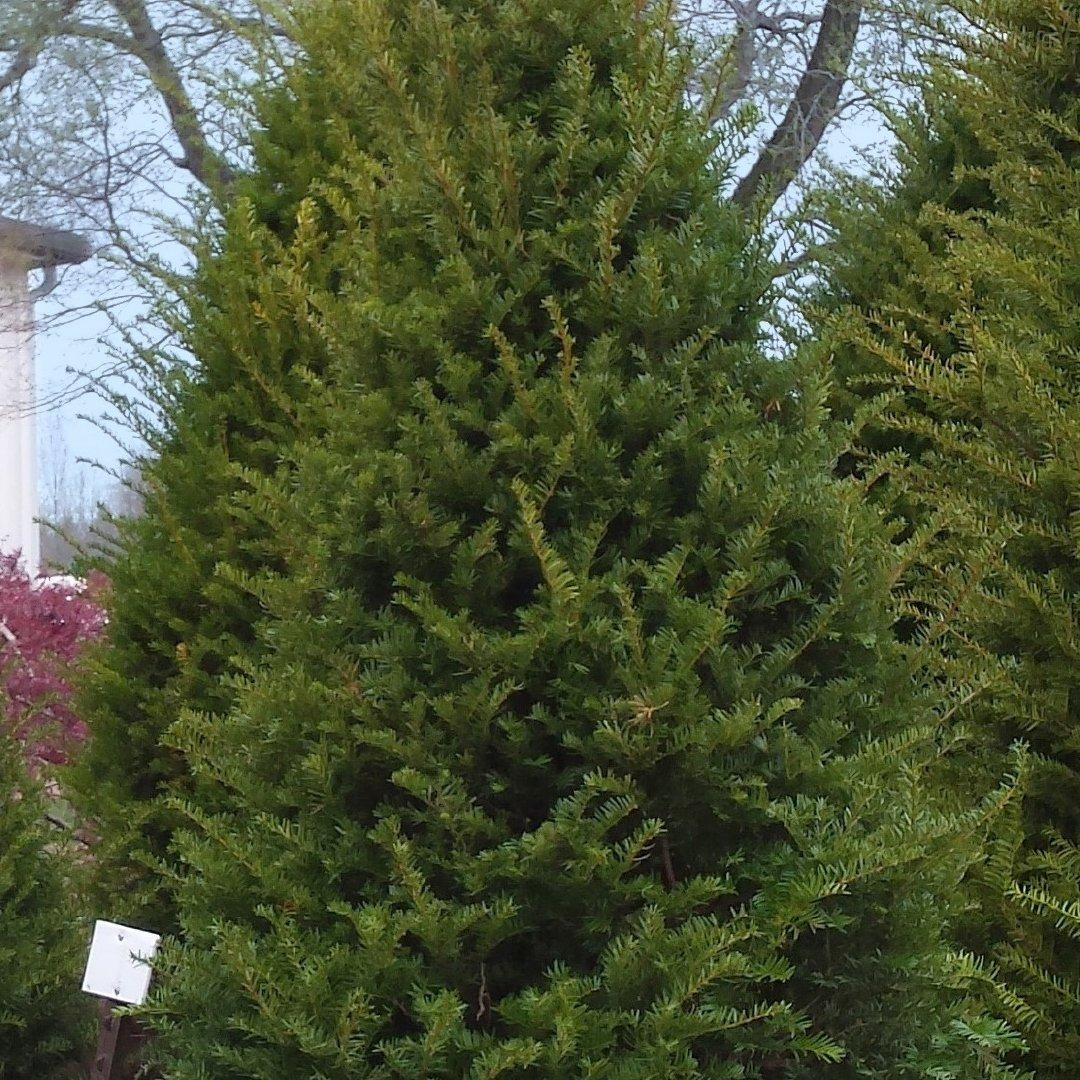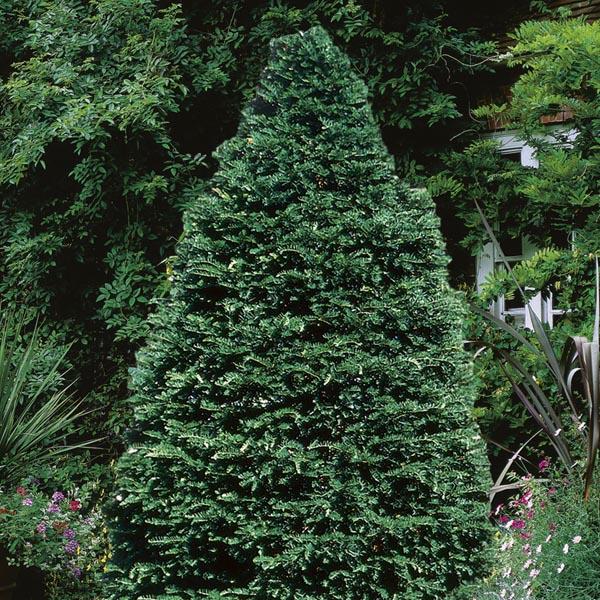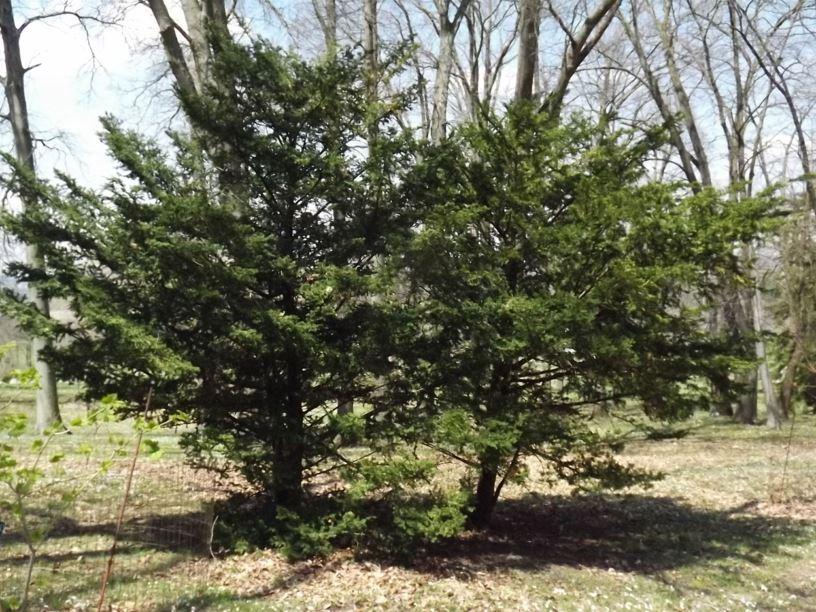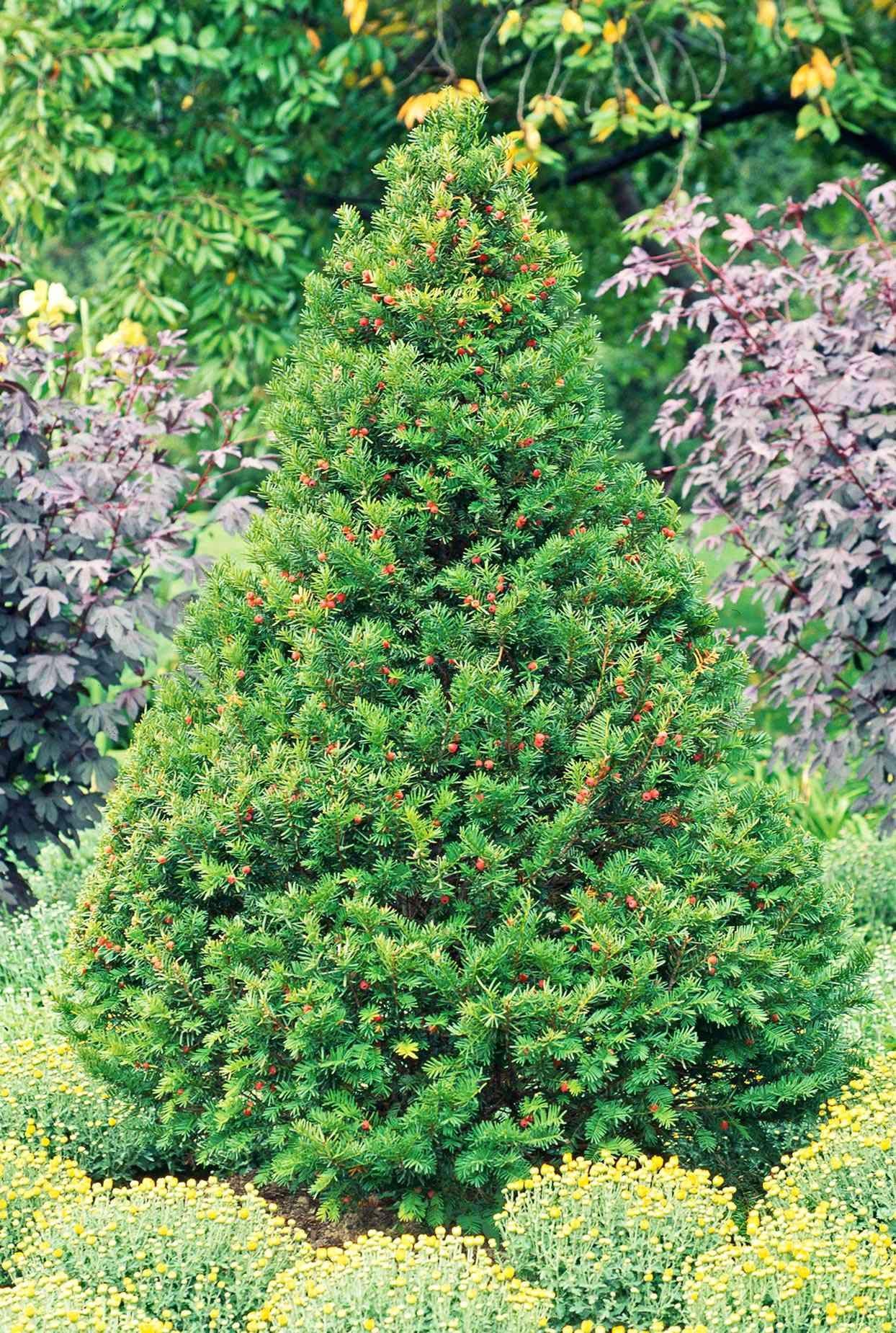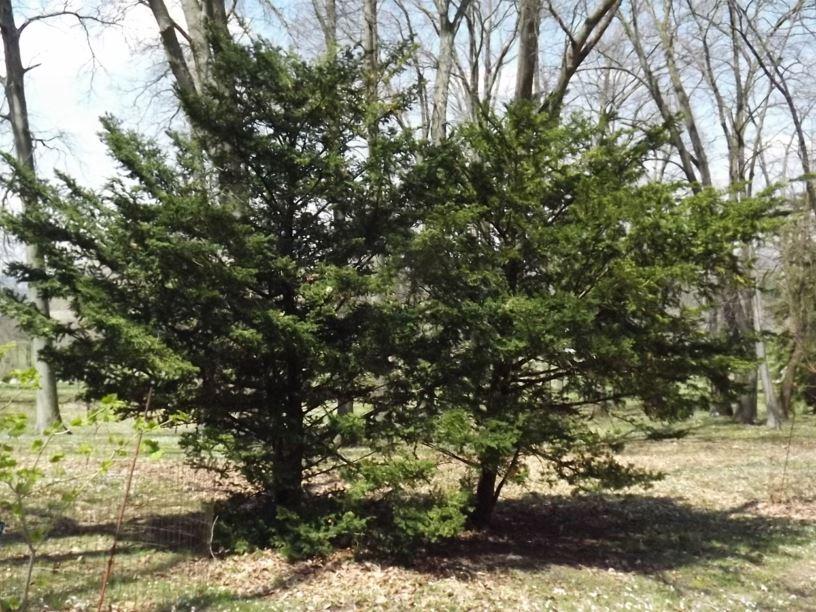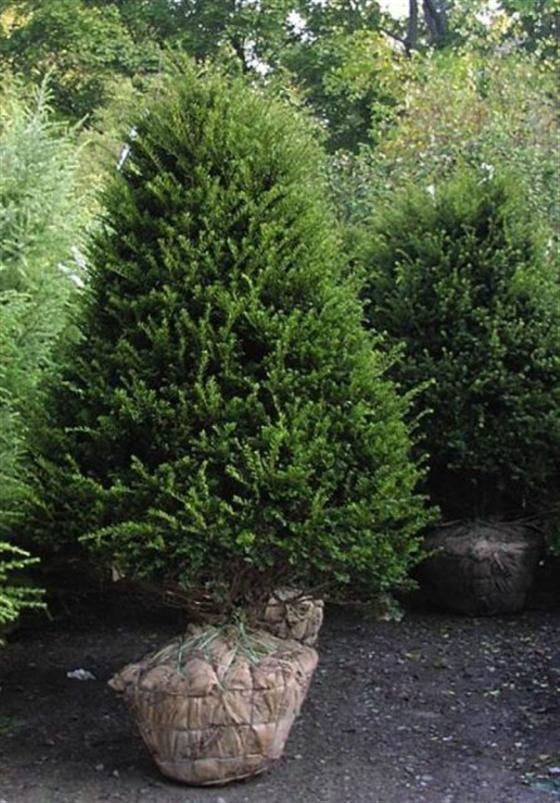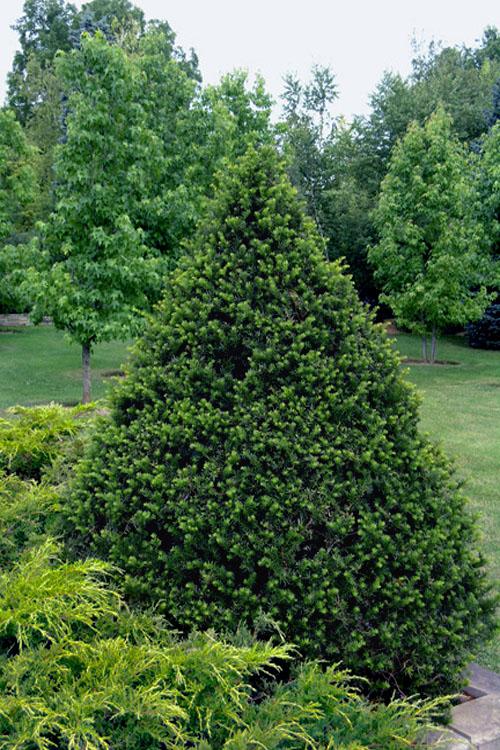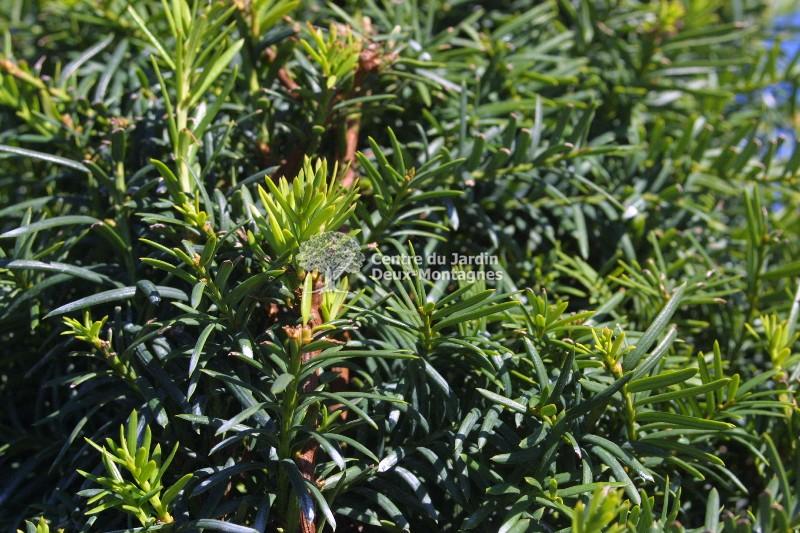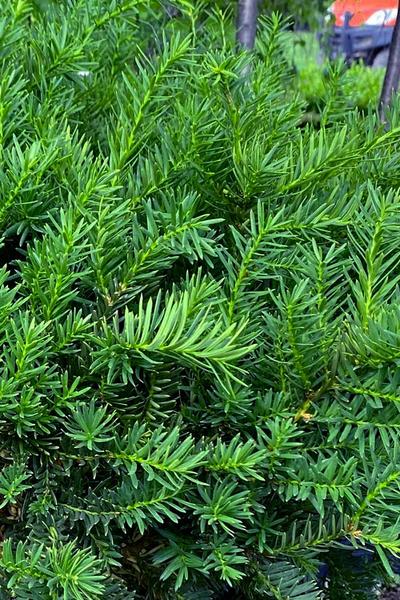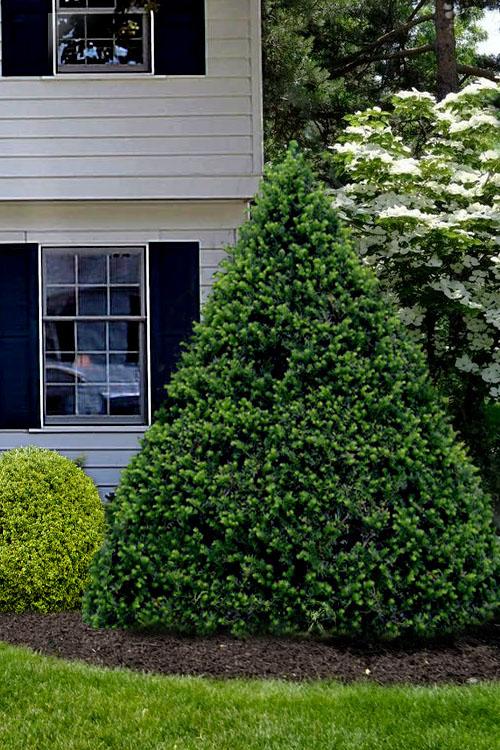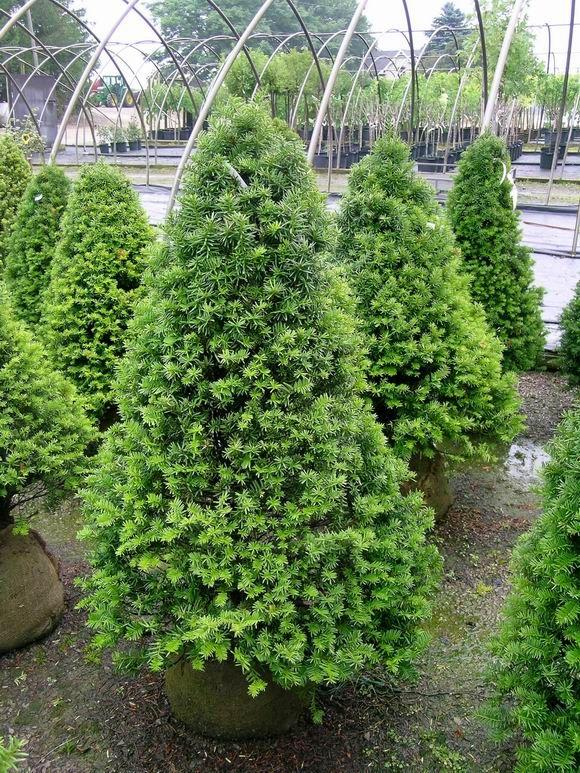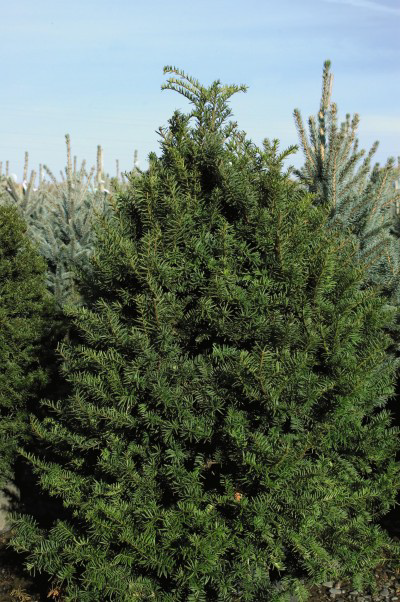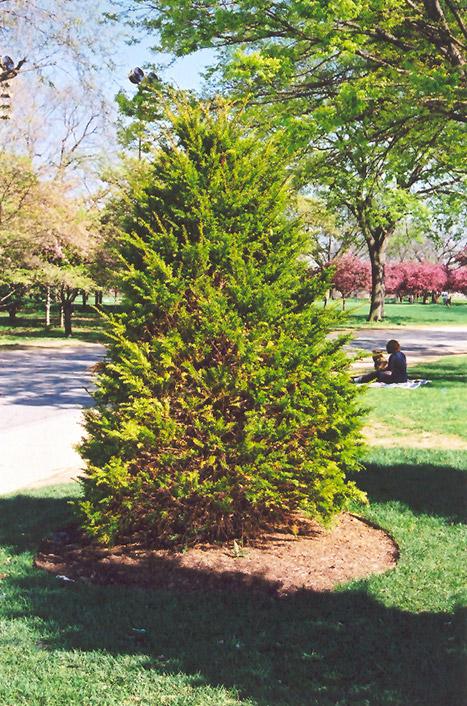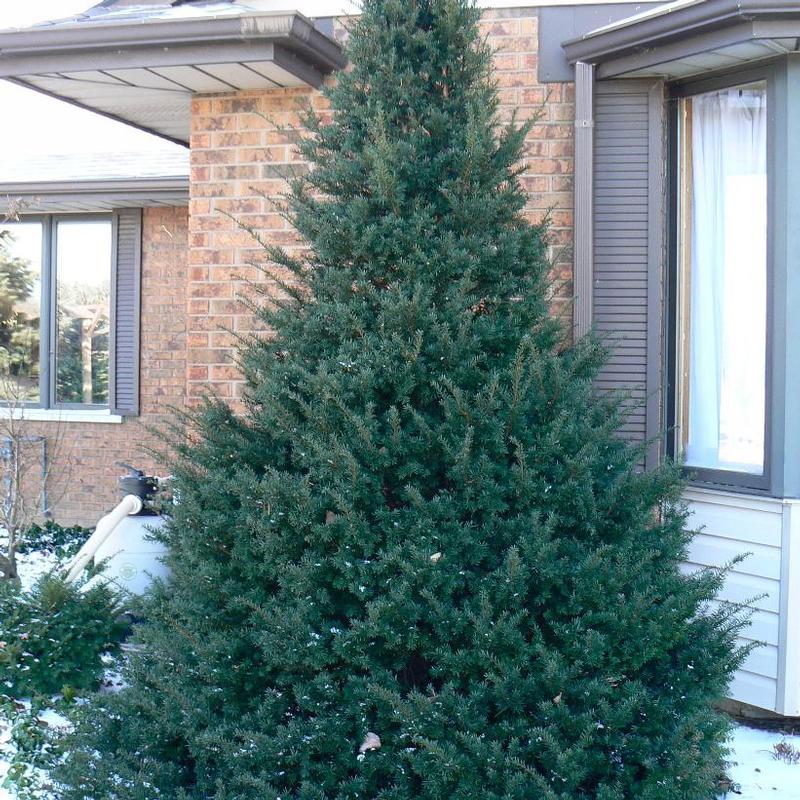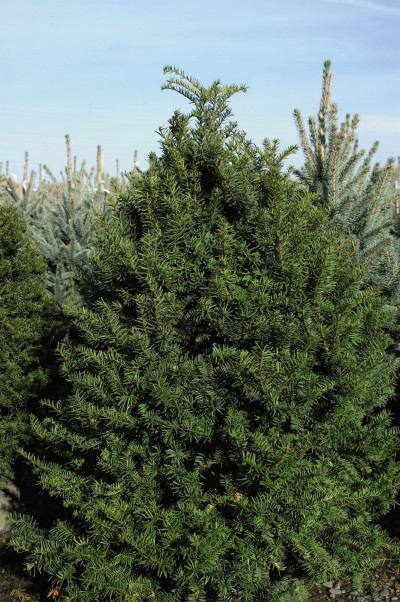1
/
of
18
Capitata Yew-Taxus cuspidata 'Capitata'-Versatile evergreen shrub 30/36" h 7 Gallon
Capitata Yew-Taxus cuspidata 'Capitata'-Versatile evergreen shrub 30/36" h 7 Gallon
Regular price
$572.00 USD
Regular price
$743.60 USD
Sale price
$572.00 USD
Unit price
/
per
Shipping calculated at checkout.
SKU:nse8533-redcrocus
Couldn't load pickup availability
Taxus cuspidata 'Capitata'
Description
Taxus cuspidata 'Capitata', commonly known as the Capitata Yew, is a versatile evergreen shrub or small tree known for its dense, pyramidal form. It features dark green needle-like foliage and is often used in formal landscapes for its elegant appearance and adaptability.
Suggested Uses
Ideal for hedges, topiary, and foundation plantings. It can also be used as a specimen plant in gardens or as a privacy screen due to its dense growth habit.
Plant Details
-
 Botanical Name: Taxus cuspidata 'Capitata'
Botanical Name: Taxus cuspidata 'Capitata' -
 Common Name: Capitata Yew
Common Name: Capitata Yew -
 Size & Growth: 10-30 feet tall, 5-10 feet wide
Size & Growth: 10-30 feet tall, 5-10 feet wide -
 Hardiness Zones: 4-7
Hardiness Zones: 4-7 -
 Foliage Type: Evergreen
Foliage Type: Evergreen -
 Bloom Time: Non-flowering
Bloom Time: Non-flowering -
 Growth Rate: Slow to moderate
Growth Rate: Slow to moderate -
 Light Requirements: Full sun to partial shade
Light Requirements: Full sun to partial shade -
 Attracts Pollinators: No
Attracts Pollinators: No -
 Indoor Friendly: No
Indoor Friendly: No -
 Container Friendly: Yes, when young
Container Friendly: Yes, when young -
 Deer Resistant: Yes
Deer Resistant: Yes -
 Pet Warning: Toxic if ingested
Pet Warning: Toxic if ingested -
 Fragrant: No
Fragrant: No -
 Cut Flower: No
Cut Flower: No -
 Grows Well With: Boxwood, Holly, Juniper
Grows Well With: Boxwood, Holly, Juniper
Care Tips
-
 Planting Instructions: Plant in well-drained soil, ensuring the root ball is level with the soil surface.
Planting Instructions: Plant in well-drained soil, ensuring the root ball is level with the soil surface. -
 Soil Moisture: Keep soil consistently moist but not waterlogged.
Soil Moisture: Keep soil consistently moist but not waterlogged. -
 Soil Type: Prefers loamy, sandy soils with good drainage.
Soil Type: Prefers loamy, sandy soils with good drainage. -
 Humidity: Tolerates a range of humidity levels.
Humidity: Tolerates a range of humidity levels. -
 Pruning Instructions: Prune in late winter to maintain shape and remove dead or damaged branches.
Pruning Instructions: Prune in late winter to maintain shape and remove dead or damaged branches. -
 Winter Care: Mulch base to protect roots in colder climates.
Winter Care: Mulch base to protect roots in colder climates. -
 Planting Depth: Plant at the same depth as in the nursery container.
Planting Depth: Plant at the same depth as in the nursery container. -
 Fertilization: Fertilize in early spring with a balanced slow-release fertilizer.
Fertilization: Fertilize in early spring with a balanced slow-release fertilizer. -
 Special Care: Avoid planting in areas with poor drainage to prevent root rot.
Special Care: Avoid planting in areas with poor drainage to prevent root rot.
Share
